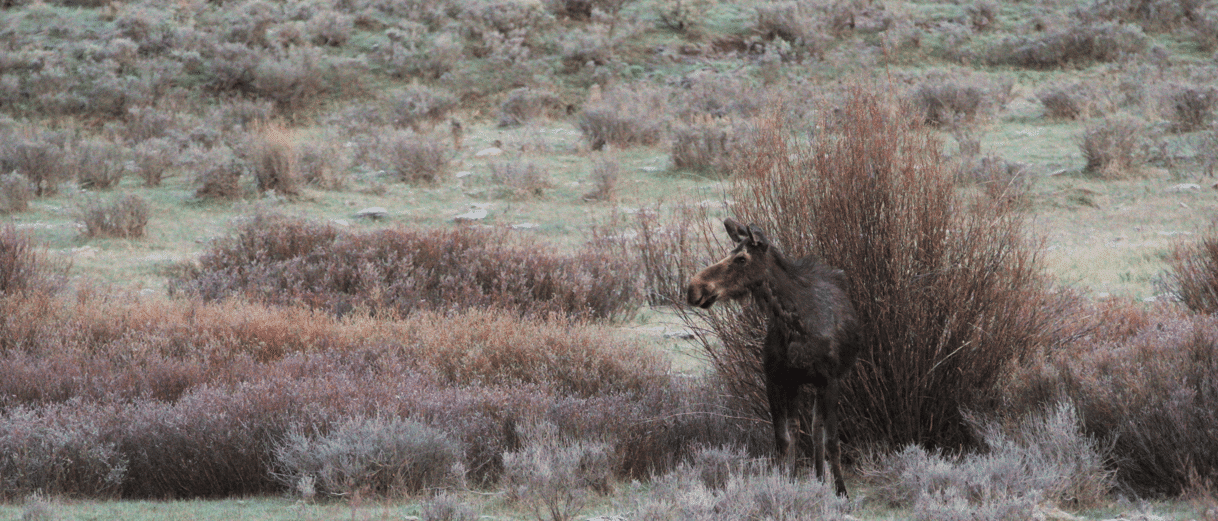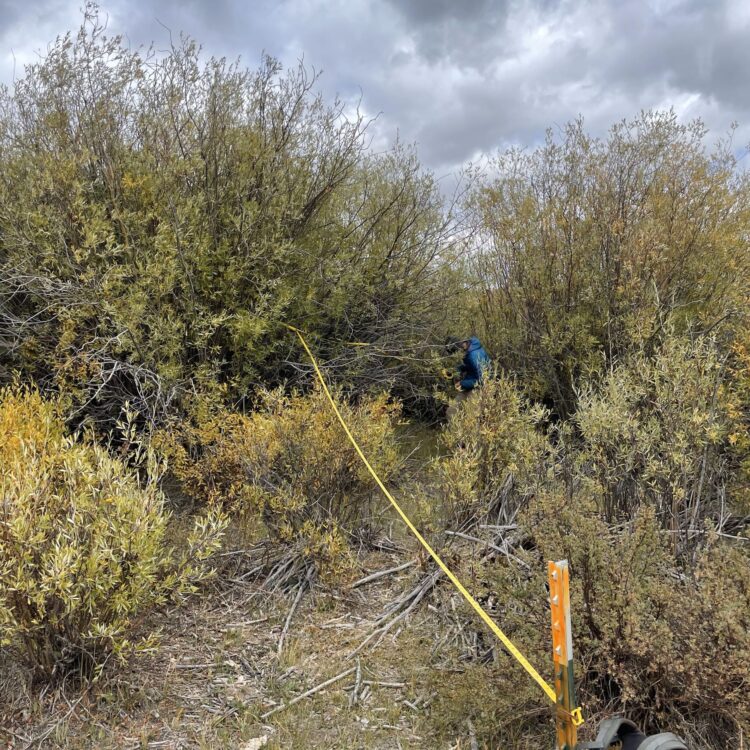
Willows are critical for moose populations because they provide food, cover for birthing, and wet soils needed for thermal refuge. Many willows, however, are decadent, meaning that they are in late successional stages, and therefore are lower nutritional quality for moose.
The aim of the moose habitat project is to implement mowing treatments in willow complexes to evaluate if treatments could be a viable management tool to enhance moose habitat and thereby benefit moose populations.
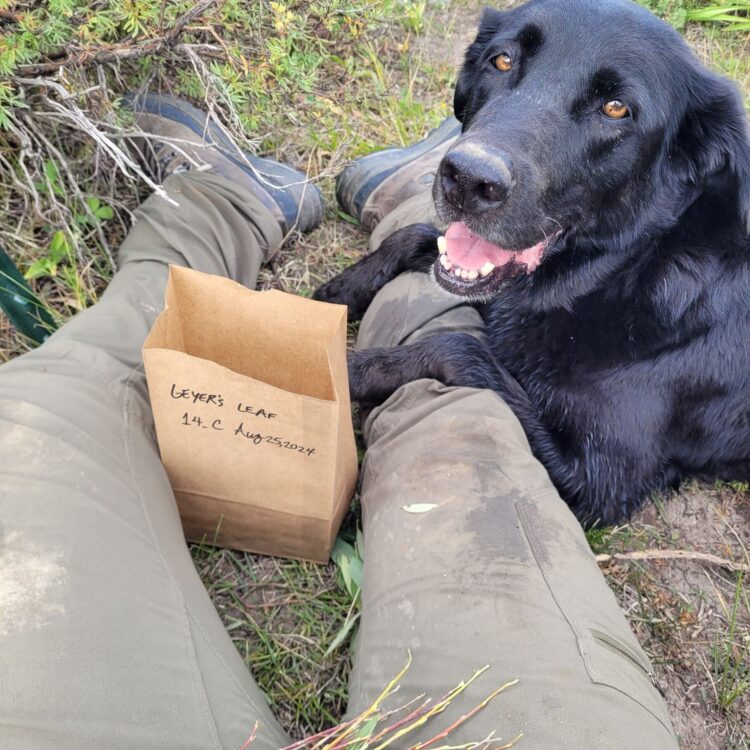
Main Questions
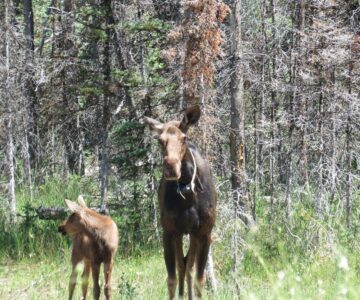
Does moose behavior differ between habitat treatment and control sites?
With a combination of GPS locations and videos from camera collars, we also will assess if moose prefer to forage in treated areas compared with untreated areas.
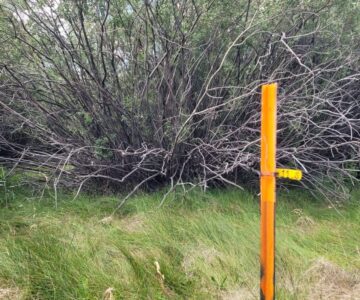
Does willow cutting stimulate willow growth and improve nutritional quality for moose?
We will compare growth and nutritional quality between patches with autumn or spring cuttings with habitat that did not receive a treatment.
Project lead
Becky Barbier

Partners and collaborators
This work is funded by the Wyoming Wildlife and Natural Resource Trust, Governor’s Big Game License Coalition, and Mary and Charlie Rumsey and is being conducted in collaboration with the Wyoming Game and Fish Department. We are grateful for the support and land access from Mountain King Ranch, Cottonwood Ranch, Jim Finley, and Freddie Botur.

